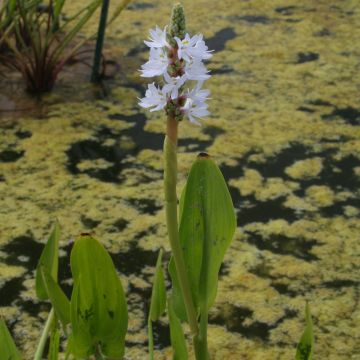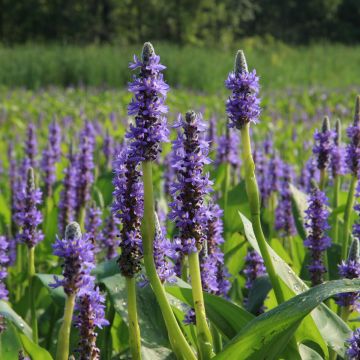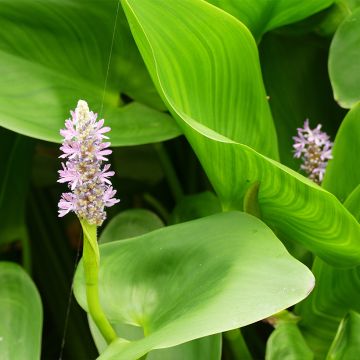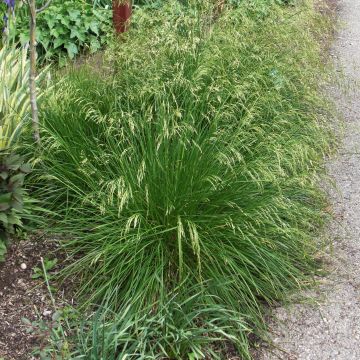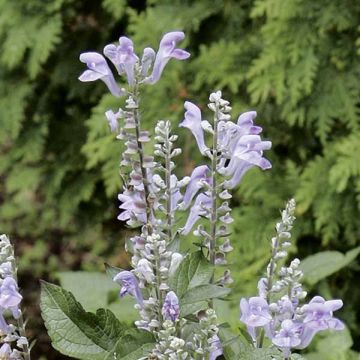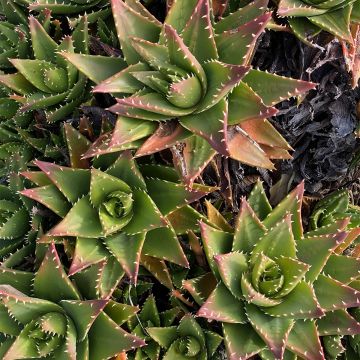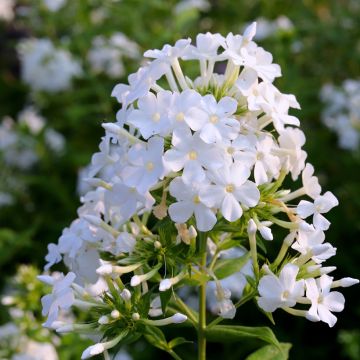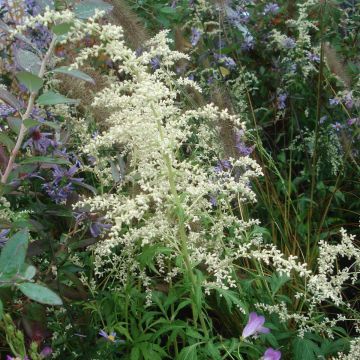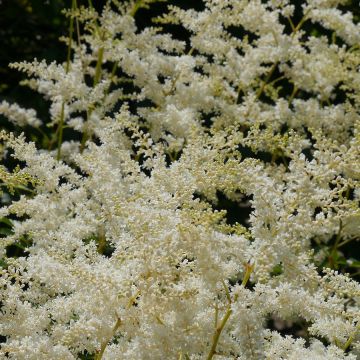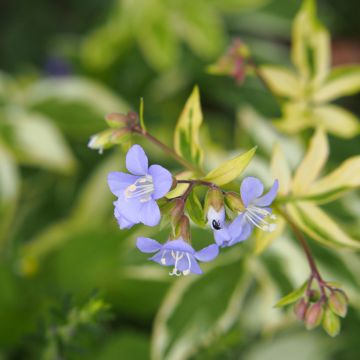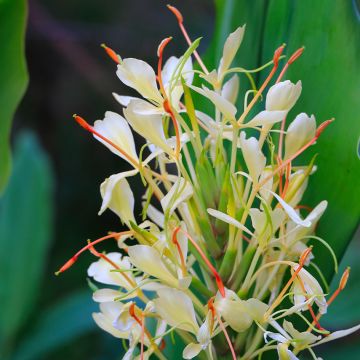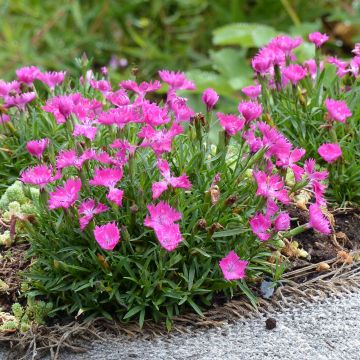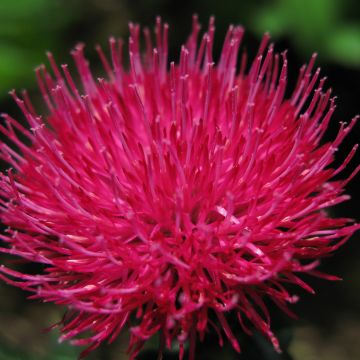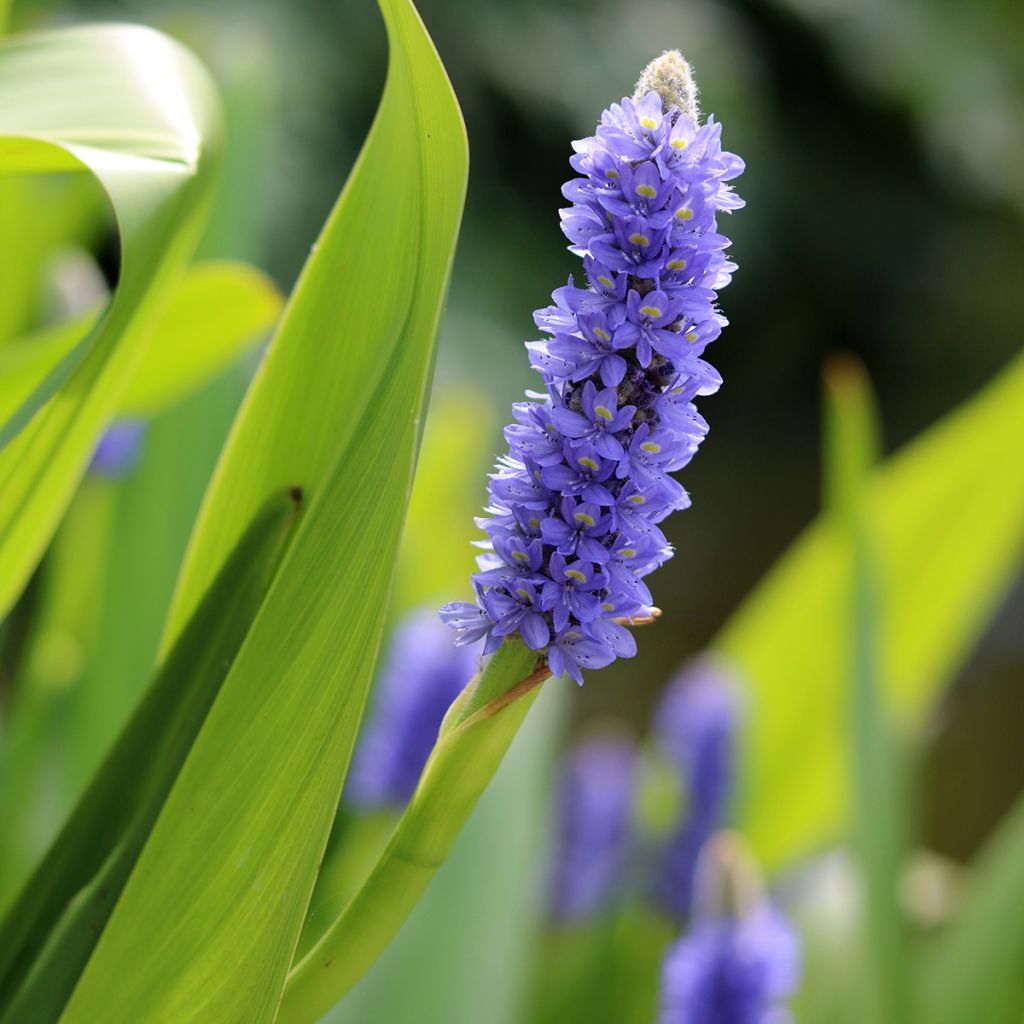

Pontederia lanceolata - Pontédérie à feuilles lancéolées
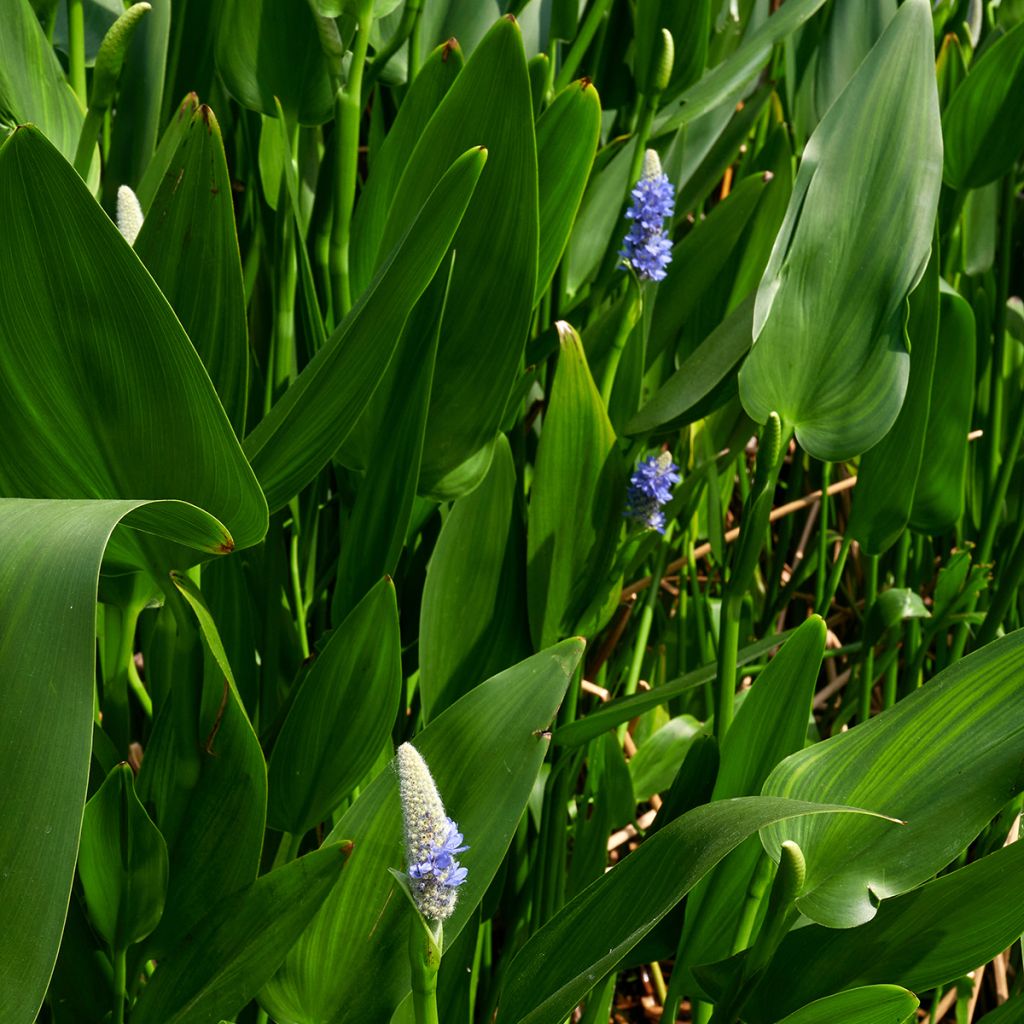

Pontederia lanceolata - Pontédérie à feuilles lancéolées
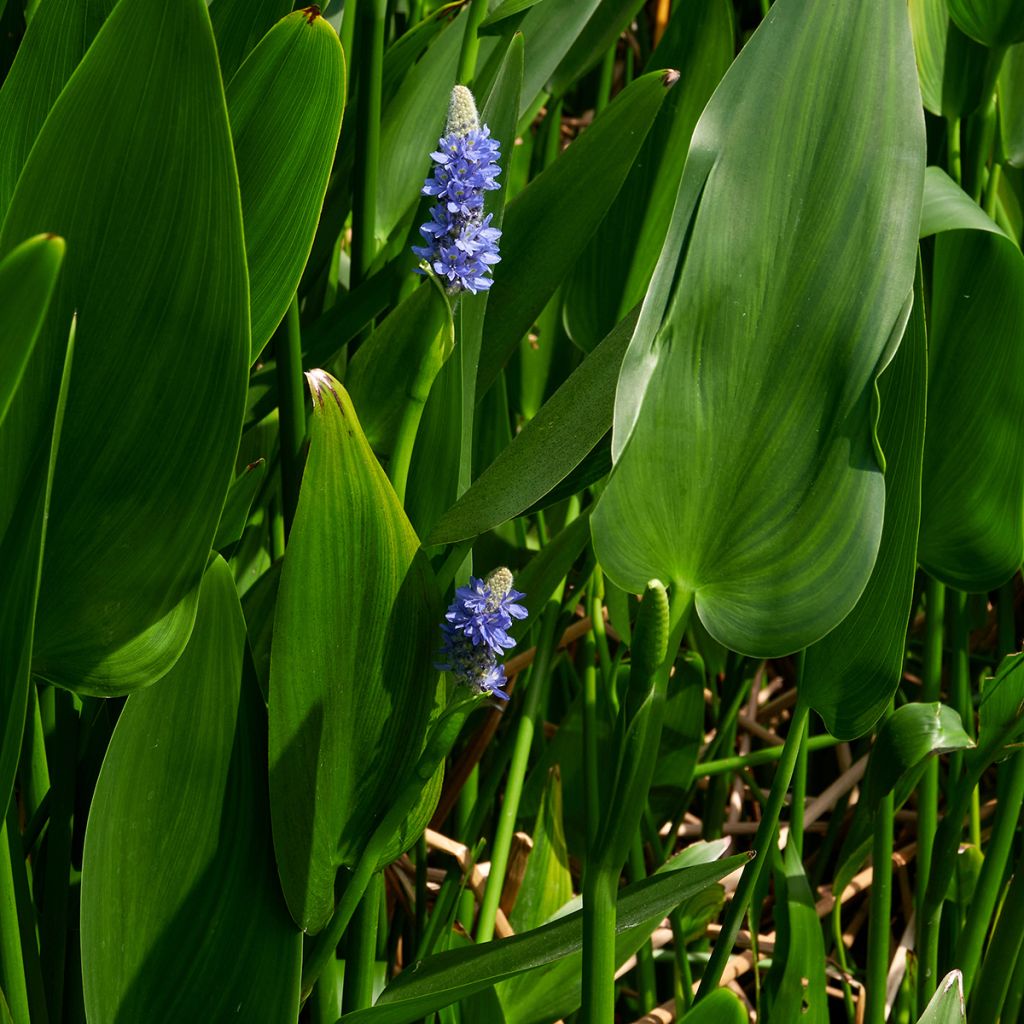

Pontederia lanceolata - Pontédérie à feuilles lancéolées
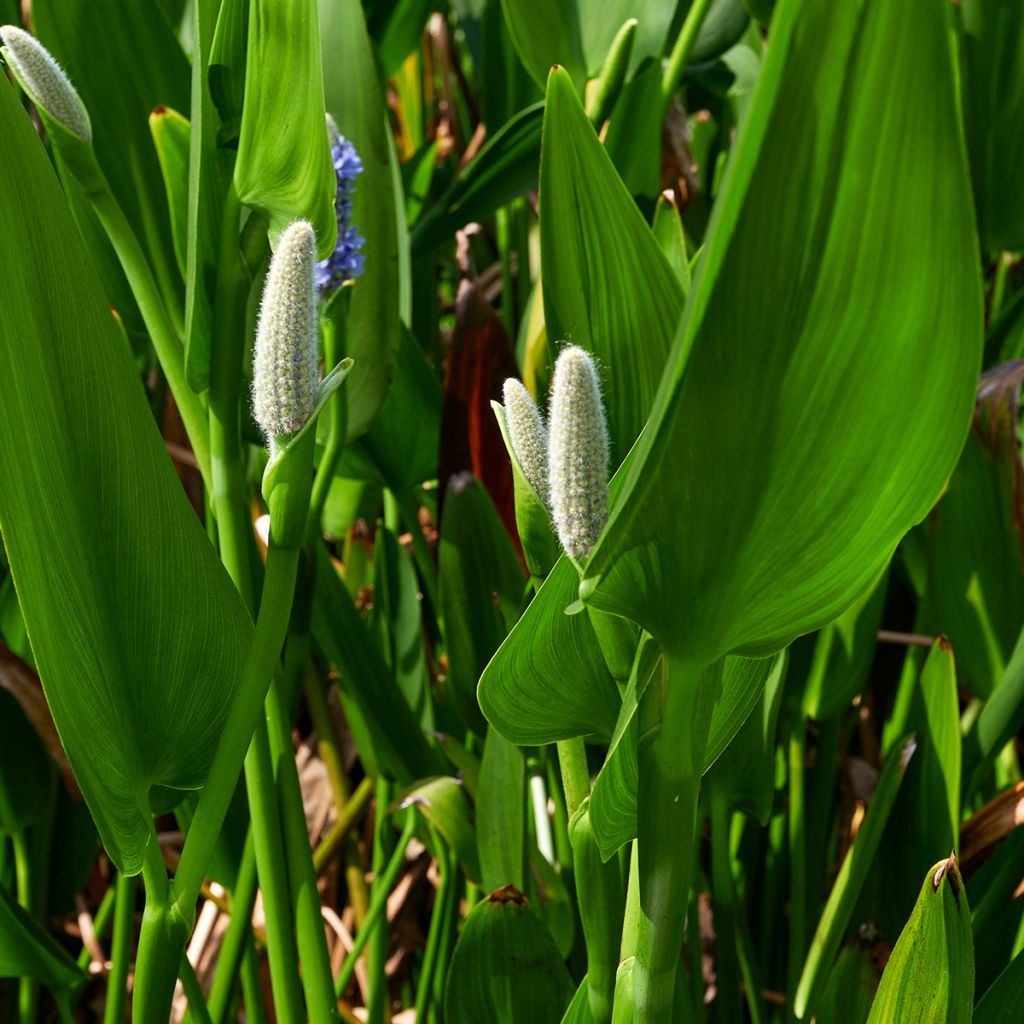

Pontederia lanceolata - Pontédérie à feuilles lancéolées
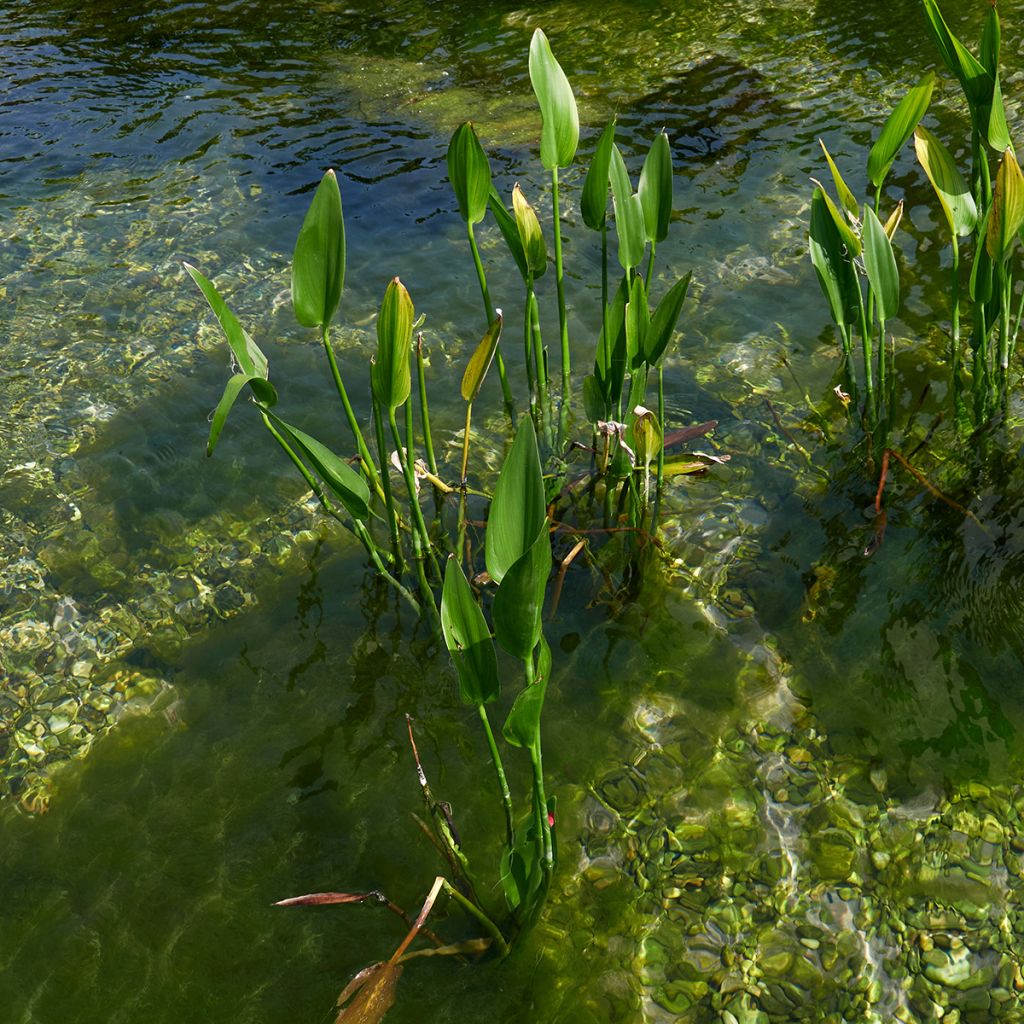

Pontederia lanceolata - Pontédérie à feuilles lancéolées
Pontederia lanceolata
Pontederia lanceolata
Giant Pickerel Weed
This plant carries a 12 months recovery warranty
More information
We guarantee the quality of our plants for a full growing cycle, and will replace at our expense any plant that fails to recover under normal climatic and planting conditions.
Does this plant fit my garden?
Set up your Plantfit profile →
Description
Pontederia lanceolata is similar to Pontederia cordata. However, it develops a taller clump of lance-shaped leaves to produce a beautiful plant, stunning when planted alone. Its slender habit, its erect bright green leaves, its stems reaching up to 1 m (3 ft) or 1.2 m (4 ft) in height, and its flowering with azure-blue spikes in summer make it a majestic aquatic or semi-aquatic plant. Flowering if it benefits from warmth and sunlight, it is not invasive and is easy to grow.
Pontederia lanceolata belongs to the Pontederiaceae family. This species is native to the shallow shores of North America, from Nova Scotia to Florida. It is a deciduous perennial plant with an upright and spreading habit. It reaches up to 1.2 m (4 ft) in height with a spread of 50 to 60 cm (20 to 24 in), and it has a rapid growth rate. It blooms from June to autumn in dense spikes of 5 to 10 cm (2 to 4 in), resembling orchid flowers, composed of bell-shaped azure-blue to lavender flowers illuminated by yellow stamens. The flowering is attractive to bees and butterflies, and it is followed by ovoid, red, sticky fruits that are enjoyed by ducks. The shiny lance-shaped leaves, 12 cm (5 in) wide and 25 cm (10 in) long, remain a medium green throughout the season and may sometimes have brown spots. It has thick and creeping rhizomes. It has a good purifying value (purifying value of reeds divided by two)*.
Plant Pontederia lanceolata in rich soil, submerged from 0 to 30 cm (0 to 12 in), or in 35 x 35 cm (14 x 14 in) baskets, preferably in spring, by burying the rhizome 10 to 15 cm (4 to 6 in) deep in the mud or by immersing the baskets. The substrate should ideally be humus-rich and clayey or loamy-clayey. This plant does not have specific soil pH requirements and can tolerate slightly alkaline, neutral, or slightly acidic soil. It prefers full sun or partial shade. Removing faded flowers can promote the appearance of new floral spikes. Pontederia lanceolata is perfectly hardy and highly resistant to urban pollution. Pontederia lanceolata is ideal in a wild or garden pond, or for decorating a patio container. It can also be used for mass planting in flooded areas and bogs.
*Plants used for phytopurification, such as Pontederia lanceolata, are increasingly used in small private sewage treatment plants and also in the installation of natural swimming pools and eco-friendly pools. First and foremost, they provide oxygen to the bacteria on the roots. These bacteria convert organic matter into mineral matter and nutrients. Secondly, the plant absorbs nutrients and removes elements that need to be eliminated, such as nitrates, phosphates, and heavy metals. Pontederia lanceolata is particularly effective at absorbing phosphates.
The fruits of Pontederia lanceolata were formerly consumed fresh, roasted, or ground into powder.
Report an error about the product description
Pontederia lanceolata in pictures
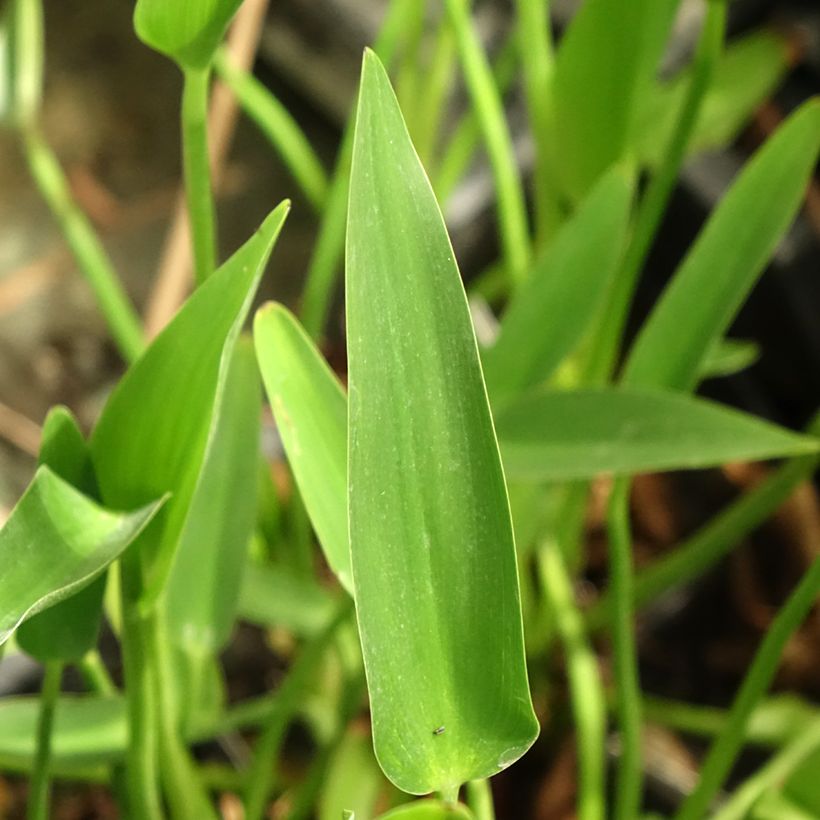

Flowering
Foliage
Plant habit
Botanical data
Pontederia
lanceolata
Pontederiaceae
Giant Pickerel Weed
North America
Other Pontederia
Planting and care
Plant Pontederia lanceolata in rich soil, submerged from 0 to 30 cm (0 to 12 in), or in 35 x 35 cm (14 x 14 in) baskets, preferably in spring, by burying the rootstock 10 to 15 cm (4 to 6 in) into the mud, or by immersing the baskets. The substrate should ideally be humus-rich and clayey or loamy clay. This plant has no specific requirements regarding the soil pH, which can be slightly alkaline, neutral, or slightly acidic. Install it in full sun or partial shade. Faded flowers can be removed to promote the emergence of new flower spikes. Pontederia lanceolata is perfectly hardy and highly resistant to urban pollution.
Planting period
Intended location
Care
This item has not been reviewed yet - be the first to leave a review about it.
Summer flowering perennials
Haven't found what you were looking for?
Hardiness is the lowest winter temperature a plant can endure without suffering serious damage or even dying. However, hardiness is affected by location (a sheltered area, such as a patio), protection (winter cover) and soil type (hardiness is improved by well-drained soil).

Photo Sharing Terms & Conditions
In order to encourage gardeners to interact and share their experiences, Promesse de fleurs offers various media enabling content to be uploaded onto its Site - in particular via the ‘Photo sharing’ module.
The User agrees to refrain from:
- Posting any content that is illegal, prejudicial, insulting, racist, inciteful to hatred, revisionist, contrary to public decency, that infringes on privacy or on the privacy rights of third parties, in particular the publicity rights of persons and goods, intellectual property rights, or the right to privacy.
- Submitting content on behalf of a third party;
- Impersonate the identity of a third party and/or publish any personal information about a third party;
In general, the User undertakes to refrain from any unethical behaviour.
All Content (in particular text, comments, files, images, photos, videos, creative works, etc.), which may be subject to property or intellectual property rights, image or other private rights, shall remain the property of the User, subject to the limited rights granted by the terms of the licence granted by Promesse de fleurs as stated below. Users are at liberty to publish or not to publish such Content on the Site, notably via the ‘Photo Sharing’ facility, and accept that this Content shall be made public and freely accessible, notably on the Internet.
Users further acknowledge, undertake to have ,and guarantee that they hold all necessary rights and permissions to publish such material on the Site, in particular with regard to the legislation in force pertaining to any privacy, property, intellectual property, image, or contractual rights, or rights of any other nature. By publishing such Content on the Site, Users acknowledge accepting full liability as publishers of the Content within the meaning of the law, and grant Promesse de fleurs, free of charge, an inclusive, worldwide licence for the said Content for the entire duration of its publication, including all reproduction, representation, up/downloading, displaying, performing, transmission, and storage rights.
Users also grant permission for their name to be linked to the Content and accept that this link may not always be made available.
By engaging in posting material, Users consent to their Content becoming automatically accessible on the Internet, in particular on other sites and/or blogs and/or web pages of the Promesse de fleurs site, including in particular social pages and the Promesse de fleurs catalogue.
Users may secure the removal of entrusted content free of charge by issuing a simple request via our contact form.
The flowering period indicated on our website applies to countries and regions located in USDA zone 8 (France, the United Kingdom, Ireland, the Netherlands, etc.)
It will vary according to where you live:
- In zones 9 to 10 (Italy, Spain, Greece, etc.), flowering will occur about 2 to 4 weeks earlier.
- In zones 6 to 7 (Germany, Poland, Slovenia, and lower mountainous regions), flowering will be delayed by 2 to 3 weeks.
- In zone 5 (Central Europe, Scandinavia), blooming will be delayed by 3 to 5 weeks.
In temperate climates, pruning of spring-flowering shrubs (forsythia, spireas, etc.) should be done just after flowering.
Pruning of summer-flowering shrubs (Indian Lilac, Perovskia, etc.) can be done in winter or spring.
In cold regions as well as with frost-sensitive plants, avoid pruning too early when severe frosts may still occur.
The planting period indicated on our website applies to countries and regions located in USDA zone 8 (France, United Kingdom, Ireland, Netherlands).
It will vary according to where you live:
- In Mediterranean zones (Marseille, Madrid, Milan, etc.), autumn and winter are the best planting periods.
- In continental zones (Strasbourg, Munich, Vienna, etc.), delay planting by 2 to 3 weeks in spring and bring it forward by 2 to 4 weeks in autumn.
- In mountainous regions (the Alps, Pyrenees, Carpathians, etc.), it is best to plant in late spring (May-June) or late summer (August-September).
The harvesting period indicated on our website applies to countries and regions in USDA zone 8 (France, England, Ireland, the Netherlands).
In colder areas (Scandinavia, Poland, Austria...) fruit and vegetable harvests are likely to be delayed by 3-4 weeks.
In warmer areas (Italy, Spain, Greece, etc.), harvesting will probably take place earlier, depending on weather conditions.
The sowing periods indicated on our website apply to countries and regions within USDA Zone 8 (France, UK, Ireland, Netherlands).
In colder areas (Scandinavia, Poland, Austria...), delay any outdoor sowing by 3-4 weeks, or sow under glass.
In warmer climes (Italy, Spain, Greece, etc.), bring outdoor sowing forward by a few weeks.

































